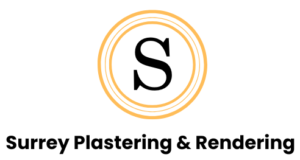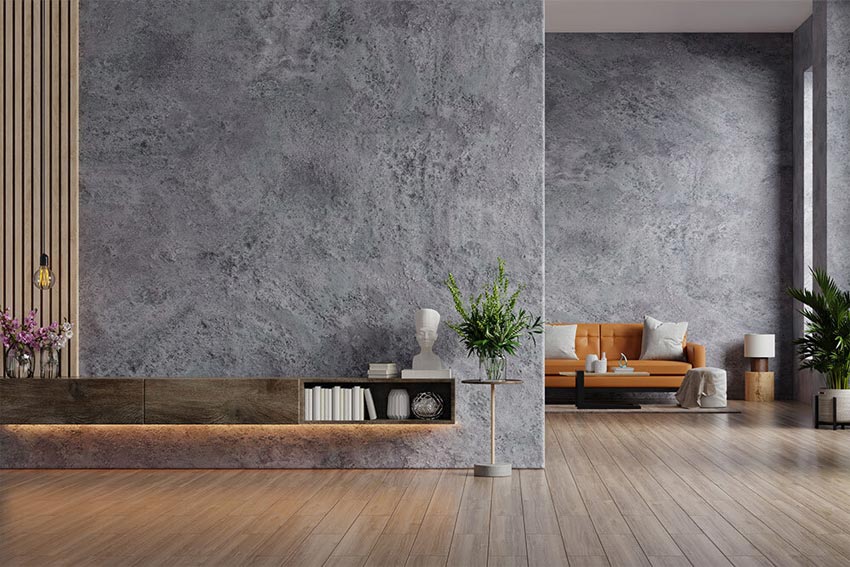When it involves redecorating or Textured Finishes renovating a home, one of the maximum essential choices you will face is choosing the proper wall or outside finish. Whether you are running on an indoors or outside assignment, finishes play a essential position within the ordinary aesthetic, sense, and sturdiness of your space. Two of the most common kinds of finishes for partitions and surfaces are smooth finishes and textured finishes. Each has its own set of advantages, and the choice between the 2 regularly relies upon on the appearance you’re aiming for, the capability you need, and the protection you are inclined to commit to.
In this article, we will explore the important thing variations among clean and textured finishes, how they’re implemented, and how to pick the fine choice for your private home or assignment.
What Are Smooth and Textured Finishes?
Smooth finishes and textured finishes discuss with the type of floor remedy applied to partitions or different surfaces including ceilings, exteriors, and even flooring.
- Smooth finishes result in a sleek, polished floor with little to no seen texture. These finishes are commonly created the usage of plasters, paints, or other coatings which might be troweled or rolled to perfection for a uniform, even look. Smooth surfaces can experience state-of-the-art, modern, and subtle.
- Textured finishes, then again, have a difficult or patterned floor, which can be finished the usage of numerous strategies or equipment. The texture can range from light, diffused styles to deep, exceedingly reported textures. These finishes regularly upload intensity, person, and visual interest to a floor, and they may be as various because the particular utility approach.
Smooth Finishes: Sleek and Modern
Characteristics of Smooth Finishes
A smooth finish is regularly associated with a present day, easy, and polished appearance. The foremost purpose of a easy finish is to create a surface that feels refined, with out a obvious bumps or textures. This form of finish is normally utilized in interior applications, inclusive of dwelling rooms, bedrooms, kitchens, and bathrooms, in addition to at the exteriors of modern-day homes.
Materials Used for Smooth Finishes:
- Plaster: Traditional plastering methods are regularly used to create easy, polished surfaces. When implemented efficiently, plaster gives a seamless, easy floor this is ideal for portray or wallpapering.
- Gypsum Board (Drywall): In present day production, drywall is the maximum not unusual fabric used for clean finishes. Gypsum boards are hooked up, taped, and sanded to a perfectly clean floor.
- Concrete: For a sleek, industrial look, polished concrete can provide a clean, sleek end that’s durable and clean to maintain.
- Paint: After the surface is easy, it could be finished with a fresh coat of paint. High-gloss paints create the smoothest appearance, whilst matte paints provide a softer, greater subtle finish.
Advantages of Smooth Finishes
- Modern and Elegant Look: Smooth surfaces regularly deliver a easy, minimalist aesthetic this is perfect for current design.
- Easy to Maintain: Smooth finishes are a whole lot less complicated to clean and preserve, as dirt and dirt don’t acquire as effortlessly in crevices or ridges.
- Versatility: Smooth finishes work properly in both traditional and current homes and can be paired with any sort of décor or colour scheme.
- Ideal for Painting: If you intend to paint the floor, clean finishes offer the perfect backdrop for vibrant colorings or detailed artwork.
Applications of Smooth Finishes
- Interior Walls: Living rooms, bedrooms, and bathrooms frequently advantage from smooth finishes, which create a refined backdrop for furnishings and decor.
- Exteriors: Smooth finishes also are not unusual for outdoors walls of modern homes, in particular while using materials like stucco or rendered cement.
- Ceilings: Smooth ceilings frequently help rooms feel extra spacious and ethereal, contributing to the overall brightness of the room.
Textured Finishes: Depth and Character
Characteristics of Textured Finishes
Textured finishes are carried out to add visual interest, depth, and dimension to a surface. These finishes may be subtle or bold, depending on the software technique used. Textured finishes are frequently chosen to make a declaration or to cover imperfections on a wall or surface.
There are various styles of textured finishes, every creating a unique look. Some of the maximum not unusual consist of:
- Brushed: A mild, brushed pattern is created with the aid of dragging a broom over the floor of the fabric at the same time as it’s nonetheless moist. This produces a gentle, textured effect.
- Sponged: Using a sponge or rag, a painter can apply a glaze or shade over a base coat to create a soft, mottled effect.
- Roughcast/Harling: Often used on the exterior, roughcast is a mixture of cement, sand, and small aggregates this is carried out to create a textured surface with a rugged look.
- Stucco: A plaster-primarily based textured end often used on exterior partitions. It’s applied in layers, developing a hard, weather-resistant surface that can be custom designed with distinct textures, from smooth to tough.
- Knockdown: A approach where a splattered texture is created by way of spraying the surface and then “flattening” the peaks with a trowel for a flat, but textured appearance.
- Popcorn: Often found on older ceilings, this finish creates a bumpy, spongy floor which can help with acoustic insulation.
Advantages of Textured Finishes
- Hides Imperfections: Textured finishes are super for hiding imperfections or flaws in the floor, which include cracks, holes, or difficult patches. This makes them best for older buildings or surfaces which have been subject to wear and tear.
- Adds Character: Textured finishes can bring an element of persona and style to a room or constructing. They add visual interest and can make a simple wall or surface sense dynamic.
- Durability: Textured finishes are frequently greater long lasting and resilient to weathering, making them an amazing preference for outside packages. Some textures are extra proof against scratching, scuffing, or harm from moisture.
- Better for Older Homes: In older houses or buildings, textured finishes can offer an real or rustic experience, frequently blending nicely with length capabilities and architectural styles.
Applications of Textured Finishes
- Exteriors: Textured finishes are extensively used at the outside of homes to add cut back attraction and safety. Textured stucco or roughcast can assist protect the surface from the factors even as presenting a visually exciting effect.
- Interior Walls: In living rooms, dining rooms, or hallways, textured partitions can function a focus or supplement a selected style, like Mediterranean, rustic, or business.
- Ceilings: Textured finishes are common in ceilings, specifically with patterns like popcorn or knockdown finishes, which give a softer, more diffuse appearance than smooth, flat ceilings.
How to Choose Between Smooth and Textured Finishes
The desire between a clean or textured end largely depends for your private choices, the gap you’re running with, and the favored impact. Here are some elements to remember while making your decision:
- Aesthetic Preferences: If you’re looking for a swish, modern look, smooth finishes are possibly the fine desire. If you choose a extra rustic, conventional, or dramatic look, a textured end can be extra suitable.
- Surface Condition: If the floor you’re working with has imperfections, a textured finish can assist conceal the ones flaws. On the alternative hand, easy finishes are best for well-prepared, pristine walls or surfaces.
- Maintenance: Smooth surfaces are normally less complicated to preserve and smooth, as they don’t gather dust or dust inside the grooves or textures. Textured finishes, at the same time as visually striking, can require extra attempt to easy and maintain, especially in excessive-visitors or high-moisture areas.
- Room Type and Functionality: For a light, ethereal, and modern-day sense in bedrooms or dwelling rooms, a clean finish is mostly a better choice. In excessive-visitors or outside regions, textured finishes can offer brought sturdiness and conceal signs of wear and tear through the years.
- Budget: Smooth finishes may be quicker and inexpensive to apply, particularly in easy portray or plastering jobs. Some textured finishes require specialized competencies or gear, that can boom labor and fabric fees.
Conclusion
Choosing between a easy or textured finish is an issue of private flavor, functionality, and the sort of area you’re working with. While clean finishes create a clean, polished appearance ideal for contemporary areas, textured finishes offer character, intensity, and practicality, especially for areas liable to damage or for people who need to create a extra specific ecosystem.
No matter which choice you choose, each finishes have their location in home layout. By thinking about the fashion you want to acquire, the situation of your walls, and your long-time period renovation wishes, you can with a bit of luck pick out the end that high-quality fits your area and complements the overall aesthetic of your house.


